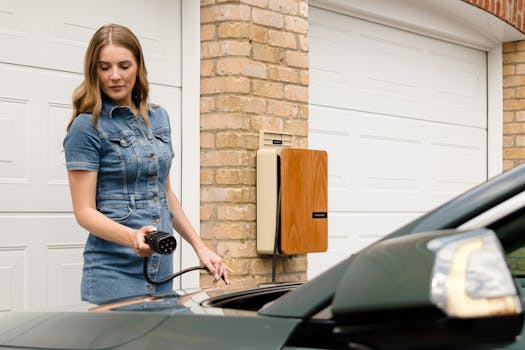
Smart Homes and Smart Living: The Technological Transformation of European Homes by 2025
Smart Homes and Smart Living is revolutionizing the way Europeans live in their homes. By 2025, it’s expected that the majority of homes in Europe will be equipped with smart technologies, transforming the way people live, work, and interact with their living spaces.
Introduction to Smart Homes
Smart homes refer to residential buildings that incorporate advanced technologies, such as the Internet of Things (IoT), artificial intelligence (AI), and data analytics, to create a more efficient, comfortable, and sustainable living environment. These technologies enable homeowners to control and monitor various aspects of their homes, including lighting, temperature, security, and entertainment systems, remotely through their smartphones or voice assistants.
Benefits of Smart Homes
The integration of smart technologies in European homes offers numerous benefits, including:
- Energy efficiency: Smart homes can optimize energy consumption by automatically adjusting lighting, heating, and cooling systems based on occupancy and external weather conditions.
- Increased convenience: With smart home devices, residents can control and monitor their homes remotely, receive notifications, and access a range of services, such as online shopping and food delivery.
- Enhanced security: Smart homes can be equipped with advanced security systems, including motion detectors, video cameras, and alarm systems, to provide an additional layer of protection for residents and their properties.
- Improved healthcare: Smart homes can be designed to support the health and well-being of residents, particularly the elderly and those with disabilities, by providing features such as fall detection, medication reminders, and telehealth services.
Key Trends in Smart Home Technology
Some of the key trends in smart home technology include:
- Voice control: The use of voice assistants, such as Amazon Alexa and Google Assistant, to control smart home devices is becoming increasingly popular.
- Artificial intelligence: AI-powered smart home devices can learn residents’ preferences and adapt to their behavior, providing a more personalized and efficient living experience.
- IoT integration: The integration of IoT devices, such as sensors and cameras, enables smart homes to collect and analyze data, providing valuable insights into energy consumption, security, and other aspects of home life.
- Sustainability: Smart homes are being designed with sustainability in mind, incorporating features such as solar panels, rainwater harvesting, and energy-efficient appliances.
Challenges and Limitations
Despite the numerous benefits of smart homes, there are also several challenges and limitations to consider, including:
- Cost: The cost of installing and maintaining smart home technologies can be prohibitively expensive for some households.
- Complexity: Smart home systems can be complex and difficult to use, particularly for those who are not tech-savvy.
- Security risks: Smart homes can be vulnerable to cyber attacks and data breaches, compromising residents’ personal data and security.
- Interoperability: The lack of standardization in smart home technologies can make it difficult for devices from different manufacturers to communicate with each other.
Conclusion
Smart Homes and Smart Living is transforming the way Europeans live in their homes, offering a range of benefits, including energy efficiency, convenience, security, and improved healthcare. However, there are also challenges and limitations to consider, such as cost, complexity, security risks, and interoperability. As the technology continues to evolve, it’s likely that we’ll see even more innovative solutions to these challenges, enabling smart homes to become an integral part of European life by 2025.






